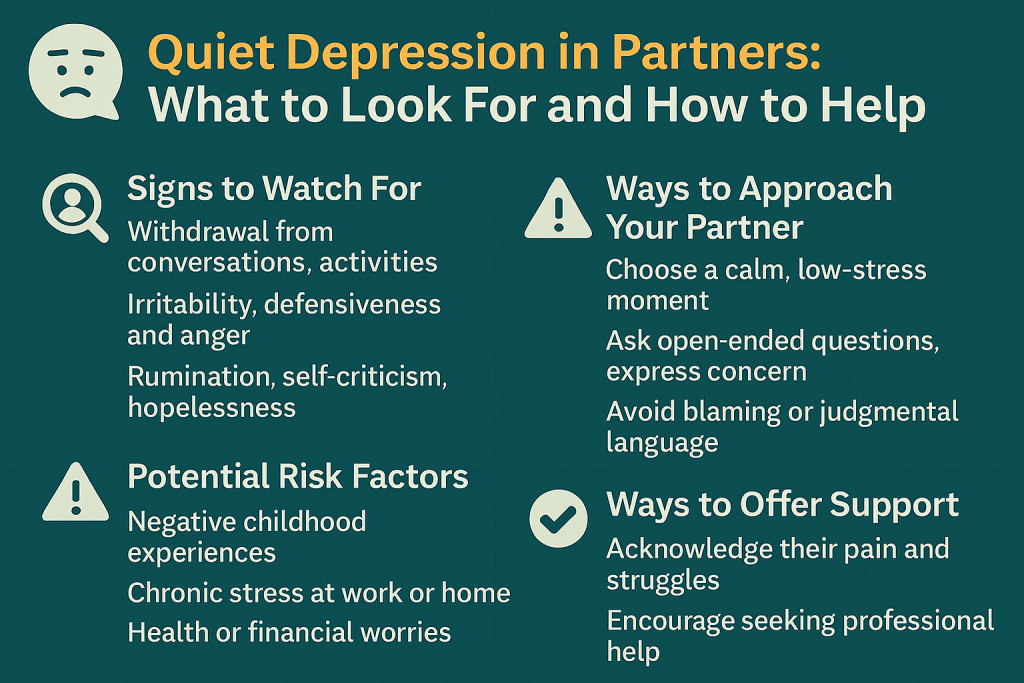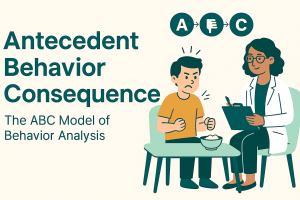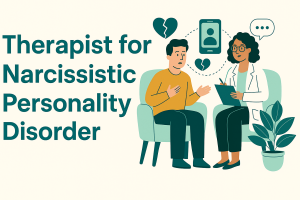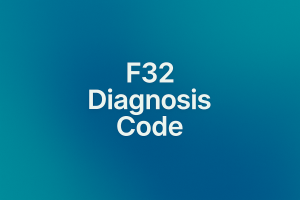Quiet Depression in Partners: How to Help Without Words
If your partner looks “okay” to the world but feels far away at home, you’re not imagining it. Many people live with what’s often called quiet depression or high-functioning depression—showing up for work and family while privately carrying a heavy load. This guide gives you a simple, compassionate way to support them—even when talking is hard. You’ll learn a no-words framework, a 7-day micro-routine, what to watch for, and when to bring in professional care. Along the way, I’ll share what I’ve seen work in practice over 10+ years helping couples.
Promise: practical steps you can use tonight, without pressure or lectures.
Key Takeaways
- “Quiet” or “smiling” depression isn’t a formal diagnosis; it often maps to major depressive disorder (sometimes with atypical features). Labels matter less than getting the right support. (See authoritative notes below.)
- You can help without words using a simple “Presence → Environment → Signal → Follow-through” ladder—small actions beat big speeches.
- Make home low-arousal: light, noise, clutter, and small acts of service matter more than you think.
- Risk signs (hopelessness, giving away items, sudden calm, talk of being a burden) require direct action—call or text 988 in the U.S.
- Support is a marathon. Protect your own sleep and boundaries so you can stay steady and kind.
What “Quiet” Depression Looks Like (Even When Everything Seems Fine)
“Quiet depression in partners” usually means your loved one keeps life moving—job, caregiving, bills—while core symptoms hum in the background: exhaustion, a heavy or “flat” mood, sensitivity to criticism, sleep or appetite changes, and a sense that joy is muted. In public they may smile; in private they withdraw. You won’t see this term in a diagnostic manual; clinicians typically document major depressive disorder (sometimes with atypical features) and then tailor care to the person.
If you’re hunting for words, some people relate to smiling depression or high-functioning depression—useful descriptions, not official labels.
My clinical note: It’s easy to miss quiet depression because the tasks get done. Watch how your partner is doing them—more effort, less recovery, more irritability, shorter fuse with noise. Those are the subtle tells I look for in session.
If naming feelings is tough, try a gentle two-minute exercise from our guide to journaling out of numbness.
The No-Words Support Ladder™ (Presence → Environment → Signal → Follow-Through)
When your partner can’t talk—or doesn’t want to—showing up calmly beats forcing a conversation. Memorize this four-step ladder. I use it with couples all the time:
1) Presence (2–5 minutes)
Sit nearby with uncrossed posture. If eye contact feels intrusive, try parallel time—fold laundry together, prep tea, or just share a quiet room. Gently match their breathing and then slow your exhale (count 6) so theirs may follow. That’s co-regulation in action.
2) Environment (5–10 minutes)
Lower the effort of being alive at home: dim lights, put on low ambient sound, clear a small surface, place water/tea within reach, prep meds. Offer one act of service—no overexplaining. For soothing ideas, try our sleep-friendly ASMR triggers.
3) Signal (10 seconds)
Hold up a small choice card or fingers: Walk? Tea? Music? Quiet sit? Let them point or nod. When words vanish, choices still work.
4) Follow-Through (5–20 minutes)
Do the selected thing, together. End with a quick visual check: 👍 (OK), ⚖️ (so-so), 💤 (need rest). If sound triggers are a problem, peek at our misophonia fixes and coping guide.
Practical Ways to Help (Without Forcing Conversation)
- Acts of service: meals, pharmacy runs, emails that feel impossible. Think “remove friction.”
- Be a bridge to care: offer to book, to ride along, or to sit in the waiting room. If they’re open, ask what the goal for session one should be.
- Don’t argue with symptoms: you don’t have to debate hopeless thoughts to be helpful. Validate the pain; keep offering small anchor points—water, walk, warm blanket.
If anxiety blocks social steps, start with our at-home CBT techniques.
A 7-Day “Silent Support” Routine (Minimal Words, Maximum Care)
| Day | Focus | Micro-Action (10–20 min) |
|---|---|---|
| Mon | Lower effort morning | Prep breakfast + water; place meds and a “tea / walk / quiet sit” choice card. |
| Tue | Co-regulate | 10-minute quiet walk; if evenings are wired, preview CBT-I basics. |
| Wed | Remove friction | Run a chore (laundry, email, refill). Leave a note: “Done. Rest.” |
| Thu | Soothing signals | Set a low-arousal environment: dim light, soft ambient sound. Try ASMR for wind-down. |
| Fri | Meaning | Prompt one small values action: a 15-minute hobby block or nature step outside. |
| Sat | Basics | Stock easy nutrition and hydration. If headaches flare, peek at our migraine + ASMR tips. |
| Sun | Gentle planning | Calendar glance and refill check. Book one appointment if ready; if not, leave the info handy. |
What to Say When You Do Use Words
- “I’m here. Tea or walk?” (Choice, not a lecture.)
- “Would it help if I booked the appointment?” (Bridge to care.)
- “Green, yellow, or red?” (A low-effort mood signal.)
Skip toxic positivity (“Just think positive!”). Validate the hard thing and offer a concrete option.
When Quiet Turns Risky (Red Flags & Crisis Plan)
Watch for talk of being a burden, rehearsing methods, sudden calm after agitation, giving away prized items, or escalating substance use. If safety is in question, remove access to lethal means, stay with them, and call or text 988 in the U.S. If in immediate danger, call your local emergency number or go to the nearest ER/ED now.
Two-line crisis card: 1) Who we call (988, therapist, trusted friend). 2) Where we go (nearest ER/ED). Put it on the fridge and in your phone.
Partner Boundaries & Burnout Prevention
You can’t pour from an empty cup. Agree on a weekly “care budget” (time/energy) and rotate tasks. Keep your own sleep steady, and maintain one mini-joy (music, a short workout). If irritability spikes, remember: symptoms aren’t character. Your steadiness is medicine.
Need stress tools you can actually do? Try our science-backed stress guide or fast fixes for single-parent stress and workplace stress. Stress can show up in the body—see how it affects hair and blood sugar.
Treatment Works (and Where “Quiet” Fits Clinically)
Here’s the clinical piece: quiet depression and smiling depression are common descriptions, not diagnoses. Many people in this group meet criteria for major depressive disorder; some align with atypical features (mood reactivity, hypersomnia, appetite changes). Treatment is the same evidence-based care we know helps—psychotherapy (often CBT/behavioral activation), medication when indicated, and steady routines. Partners can support adherence, sleep hygiene, and follow-through on appointments.
If trauma themes surface (nightmares, flashbacks), ask about EMDR and trauma-focused care. See our explainers on EMDR for childhood trauma, nightmare grounding, and PTSD treatment in NYC.
From Recognition to Relief: A Simple Timeline
Notice & Name
“We’re getting things done, but everything feels heavier.” Agree to try nonverbal support for a week.
Stabilize the Environment
Lower noise/light; reduce clutter in one zone; water, meds, and comfort items within reach.
Add the Ladder
Presence → Environment → Signal → Follow-through once or twice a day. Track what helps.
Bridge to Care
Book a consult; ask about CBT/behavioral activation; consider medications if recommended.
Protect the Caregiver
Set a shared plan and care budget; keep your own sleep and one joy activity.
A quick word on wording
We’ve used the phrases quiet depression in partners and help without words to match how people search for this experience. Remember: whether someone calls it quiet depression, high-functioning depression, or smiling depression, what matters is compassionate support and effective treatment.
FAQs
Is “quiet depression” a real diagnosis?
No—it's a helpful description. Clinically, many people fit major depressive disorder (sometimes with atypical features). The care plan remains evidence-based therapy, possible medication, and routine support.
What’s the difference between quiet, high-functioning, and smiling depression?
All are lay terms capturing the same pattern: outwardly functioning while struggling internally. “Smiling depression” sometimes overlaps with MDD with atypical features (e.g., mood reactivity, hypersomnia).
How can I help without words?
Use the No-Words Support Ladder: Presence → Environment → Signal → Follow-through. Offer acts of service and small choices rather than long talks.
When is it time to push for treatment?
If functioning drops, life narrows (isolation, avoidance), or any safety concern emerges. Offer to book, provide a ride, and help with refills or reminders.
What should I avoid saying?
Avoid minimizing (“you’ll be fine”), fixing monologues, or toxic positivity. Validate and then offer a small, concrete choice (tea, walk, quiet sit).
Can partners attend sessions together?
Yes. Partner-involved sessions often accelerate routines and communication. Many CBT therapists welcome it when appropriate.
How do I set boundaries without sounding cold?
Be clear and kind: “I can do dinner and meds tonight; I need to sleep by 11.” Boundaries keep support sustainable.
Are misophonia triggers part of depression?
Different conditions. But sensory sensitivity can rise with stress or low mood. If household sounds are a flashpoint, see our misophonia treatment resources.
What if they refuse help?
Stay steady. Keep offering small choices, protect your own routines, and revisit care during calmer windows. If risk emerges, seek urgent help.
Does treatment actually work for this?
Yes. Depression is treatable. Psychotherapy and, when indicated, medication help most people. Routines and partner support improve outcomes.
Ready to Take the Next Step?
You don’t need the perfect words to help. Start with presence, lower the load at home, and bridge to care when you can. If you want a partner-involved plan, we’re here.




